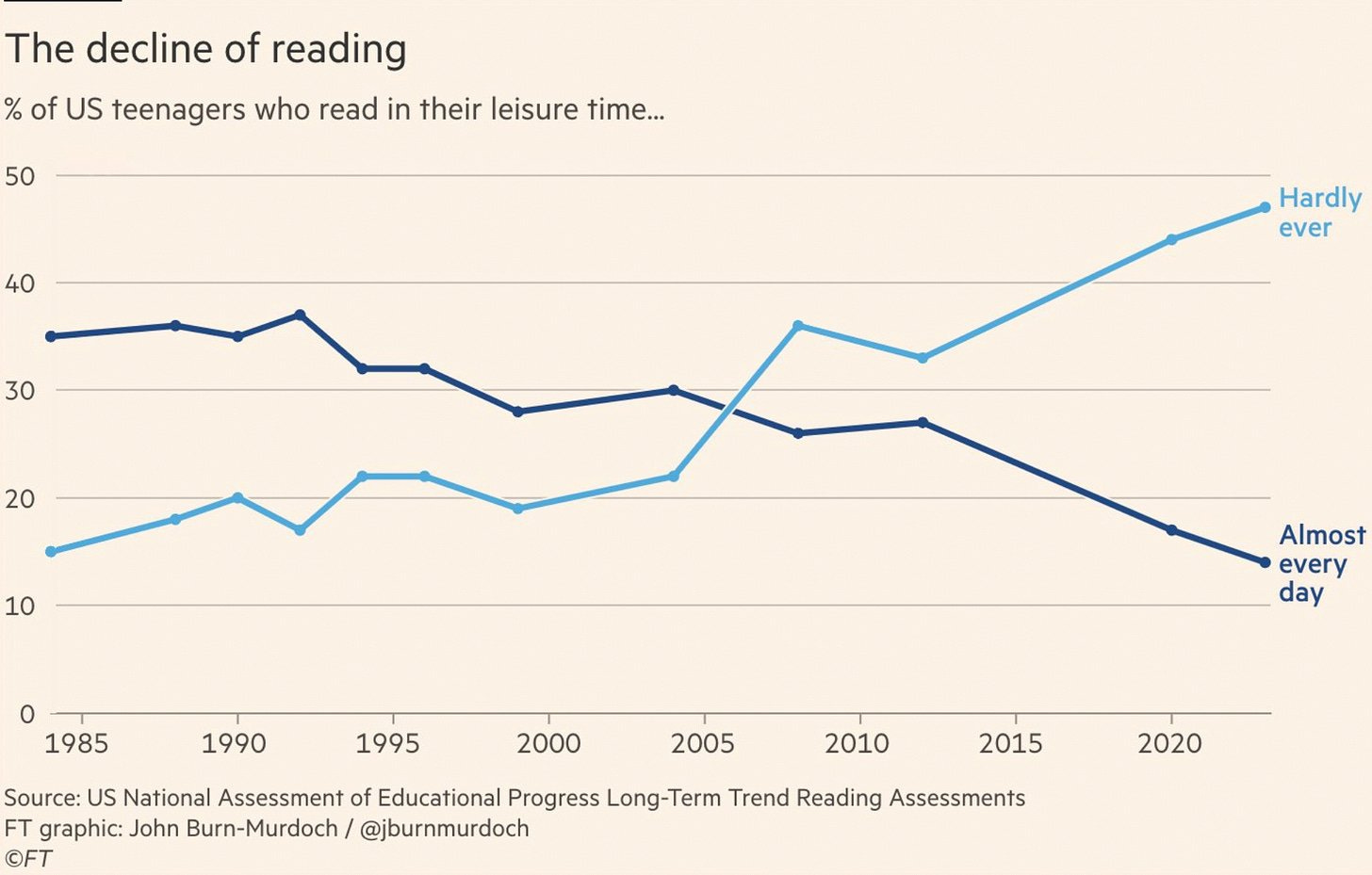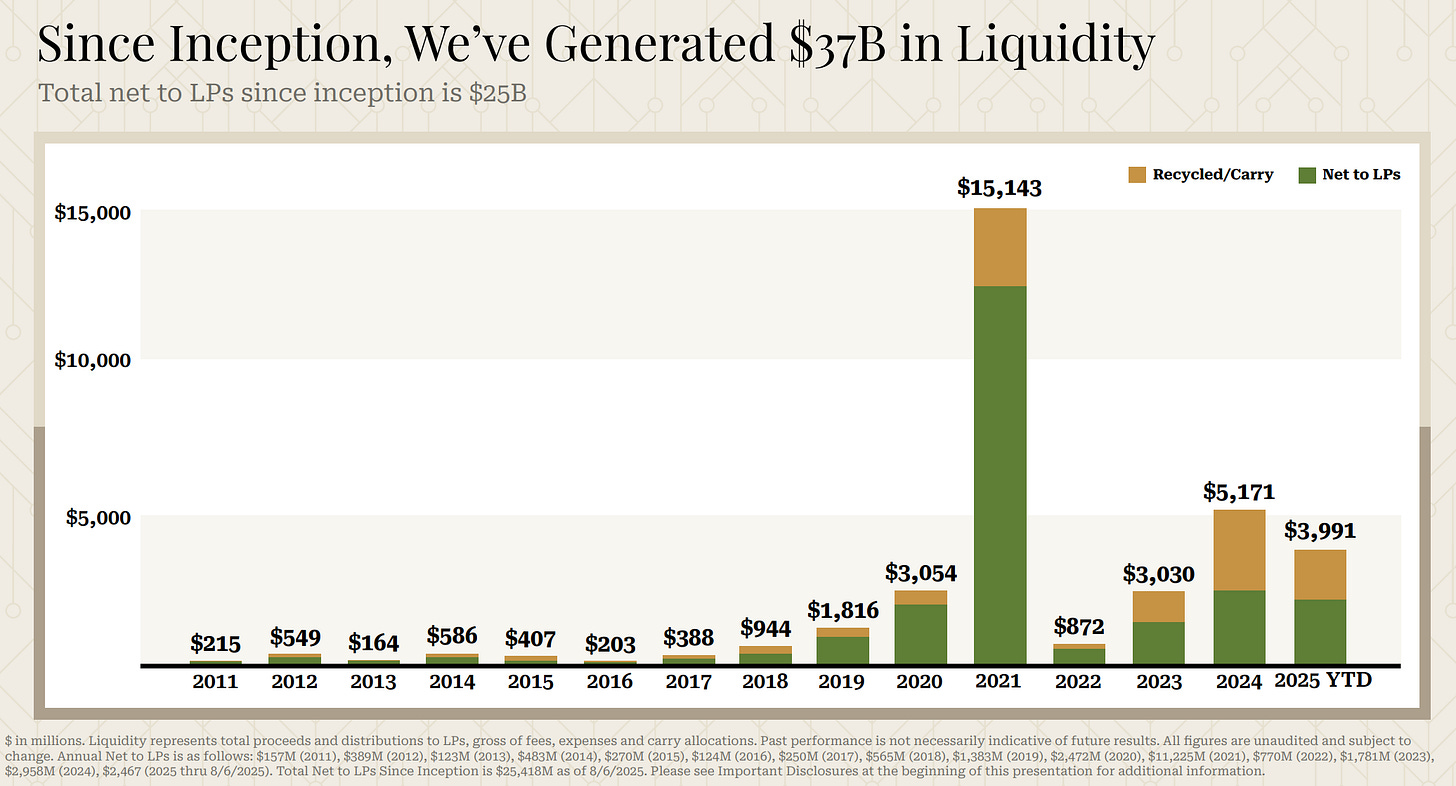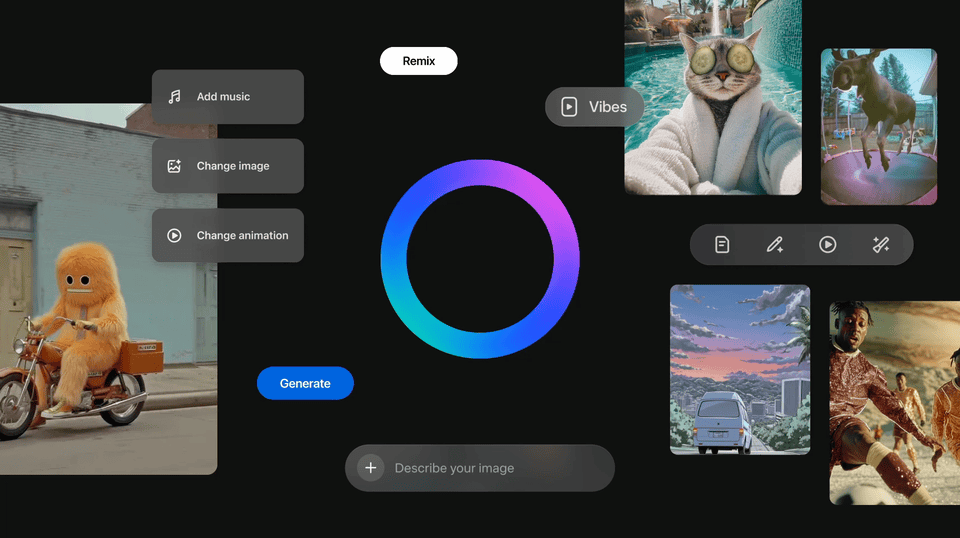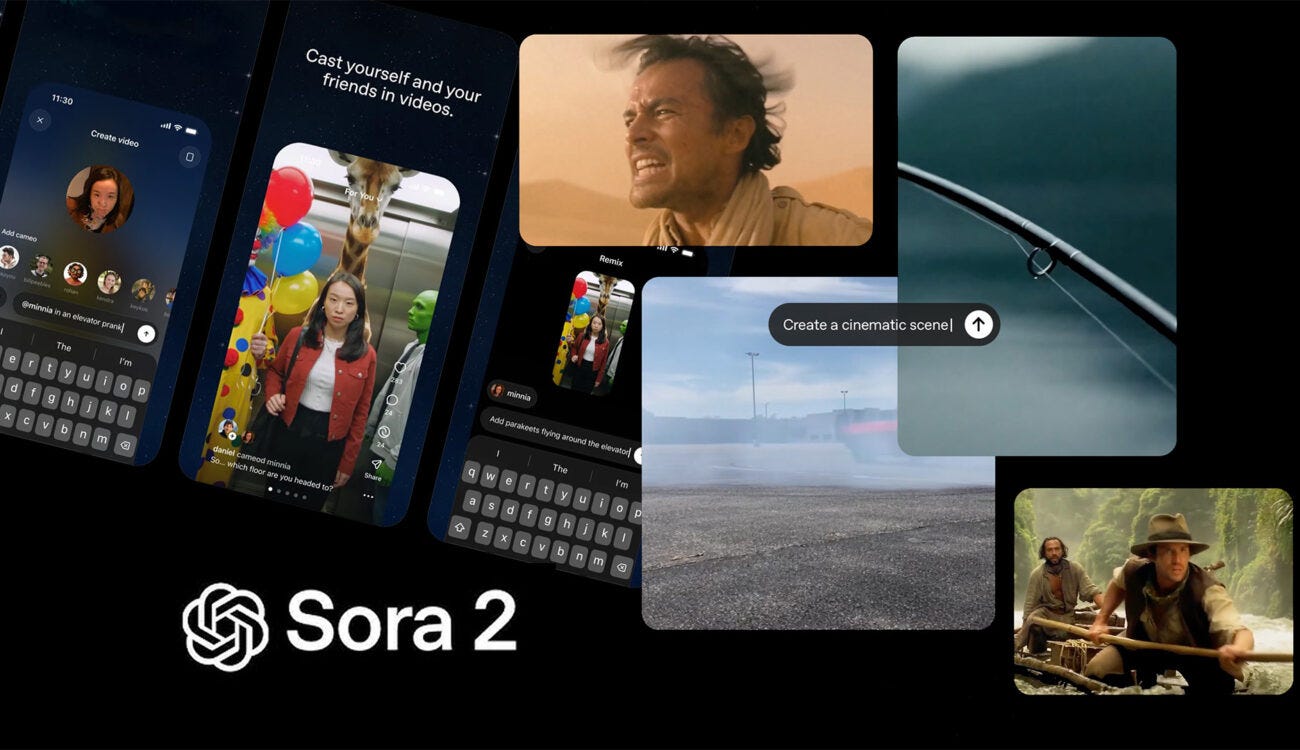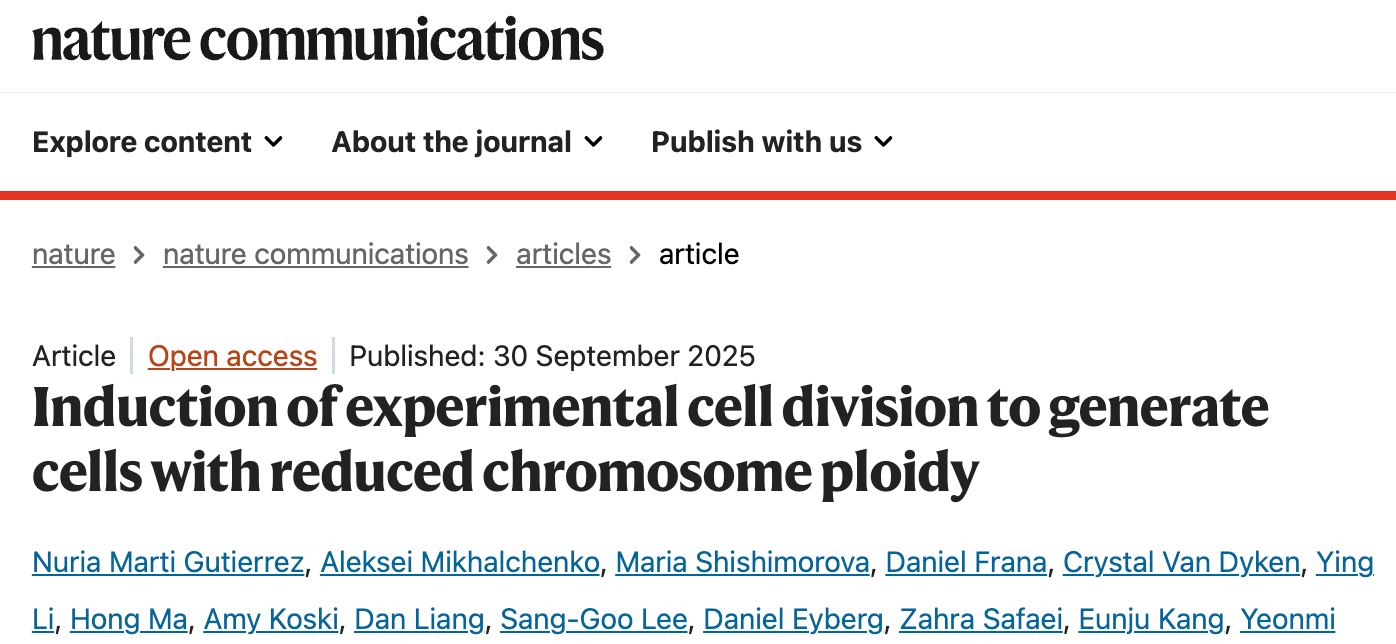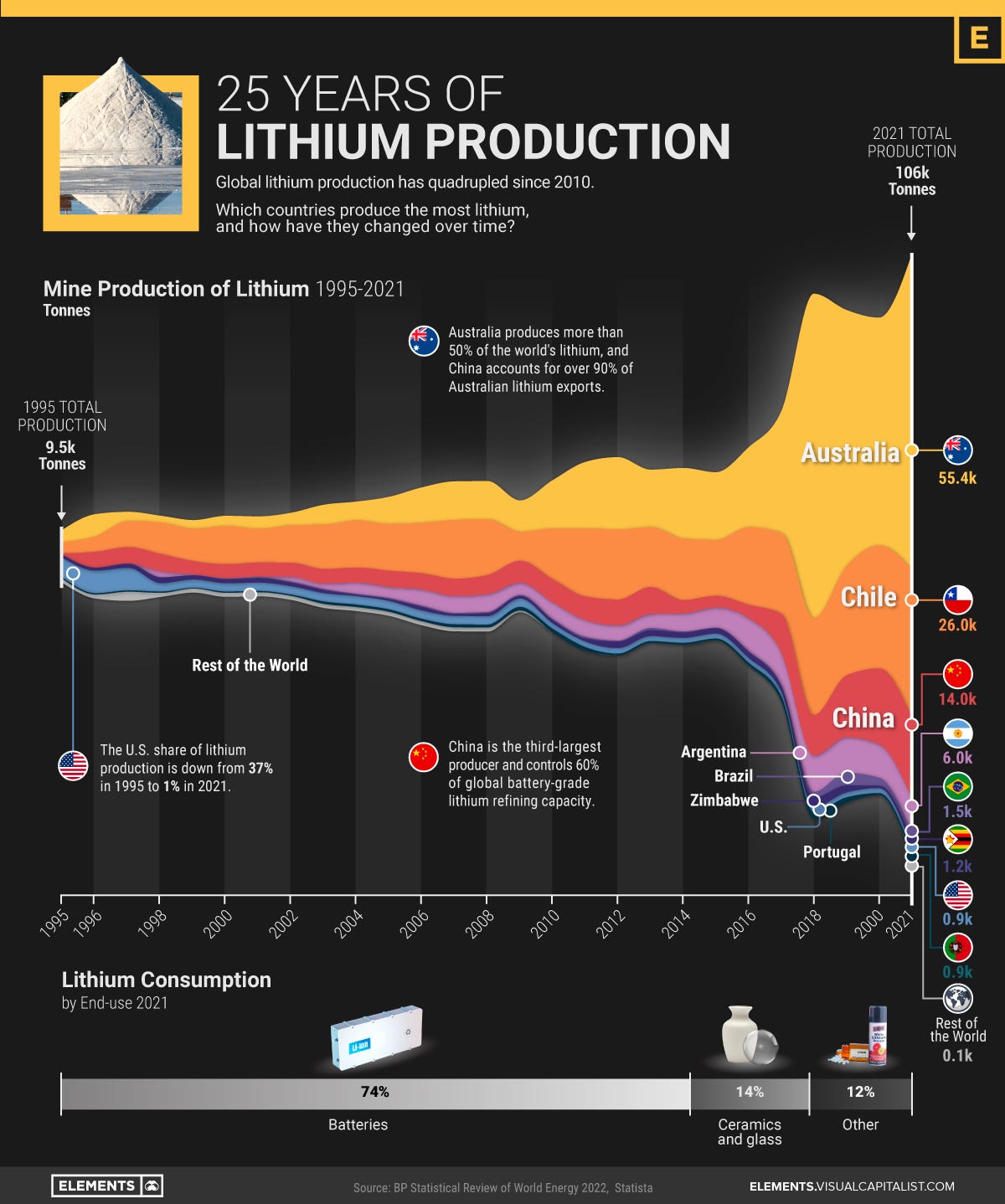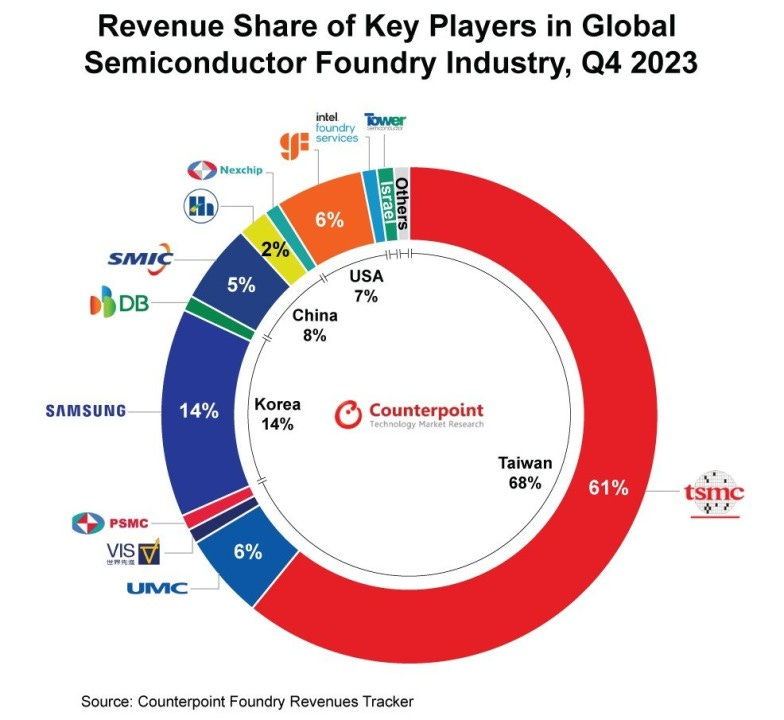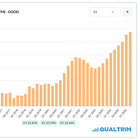TWS #027: Vibes & Sora 2 disrupts AI video; lab‑made embryos from skin DNA; Asahi cyberattack; US lithium stake; AMD‑Intel partner
and much more...
Every week, get the latest curated high signals on news, insights, and ideas around technology, science, and business to help you become a better builder and thinker. Please fill out the survey so we can deliver the best content to you. Finally, 52% of our readers are not subscribed, so if you like the content, please double-check so you can get the latest updates to your inbox. Thanks for reading! 🙏🏼
Here’s this week’s scoop:
Meta releases ‘Vibes’ and OpenAI launches Sora 2 — oh boy!
Human embryos made with DNA from human skin
Japanese Asahi gets hacked
The US just bought a stake in a Lithium mine
AMD and Intel are partnering up
🔥 Nuggets for the Road
Conversation with Jensen Huang (NVIDIA) — this was probably one of the most insightful chats I’ve heard from Jensen on the future of AI and their position in the market. You learn a lot about not just AI but where the market is heading around chips, USA vs China, power, extreme co-design, and compute. [BG2 Podcast]
The decline in reading — this is a pretty sad state of affairs. I fear the gap will only get bigger. There’s a lot at play here, and AI is only part of it. We’re now faced with the curse of the infinite doomscroll across YouTube, Instagram, TikTok and many more. People want short, quick and engaging content. Reading is now an afterthought. [FT]
A16Z returned at keast $25 billion net to Its backers since its founding — this is bonkers. Talk about generational VC firms. Clearly 2021 was an outlier. [NEWCOMER]
Planet (short indie sci-fi indie film) — I’m starting to see more filmakers fuse science and storytelling into something that will use sci-fi as a blueprint in building the future. Worth a watch. Side note: ridiculously impressive given theri small budget. [YT, STORY]
U.S. Secret Service dismantles imminent telecommunications threat in NYC ahead of the UN summit — yep, this is still a thing and becoming more advanced [SECRET SERVICE]
AI isn’t replacing radiologists — demand for human radiologists is at an all-time high despite the role involving repeatable tasks. [LINK]
OpenAI release Pulse — proactively researches and delivers daily, personalized update cards based on your chats, feedback, and optional Gmail/Calendar integrations. I feel like this can also be a Trojan Horse for curated ads. Eventually, OpenAI will knore more about you than your loved ones. [OAI]
📡 The Signal
Meta releases ‘Vibes’ and OpenAI launches Sora 2 — oh boy!
The AI slop train has finally arrived. Vibes is an endless stream of short AI videos that look slick but rarely tell a story (IMO). Basically, Meta has adapted the most addictive features from Instagram into Vibes. It’s been getting a lot of flak on social media and rightly so. Not sure what Meta was thinking here — doomscrolling ourselves into oblivion. Moreover, OpenAI also released Sora 2 which allows you to create much more realistic video content.
The bottom line is that realistic AI video is here, and it’s a caution to all of us that we should question everything we see on the internet going forward. You can imagine fake incriminating content being created about real people. Aside from the negatives, though, AI video does in fact lower the barrier to high-quality video creation for smaller teams and indie creators. It also allows for rapid prototyping for movies, ads, product demos, education, and even the news. [META, OAI]
Human embryos made with DNA from human skin
Scientists have made human embryos by putting the DNA from adult skin cells into human eggs, then fertilising them. It’s proof that the egg’s genetic identity can be switched, similar to what was done in mice. Eggs and sperm are haploid, while skin cells are diploid. Nature has this complex process to halve chromosomes into egg precursors. Doing that outside the body without messing up the genome is hard. The typical workaround is cloning. You would swap the egg’s nucleus with a body cell nucleus and grow an embryo. That’s not what most people want, and it runs into legal and ethical blocks. The problem with cloning is that it doesn’t mix the two parents’ genes. It copies one. So families who want genetic contribution from both parents need real meiosis and fertilisation, not just nuclear transfer. What’s new here is using mature human eggs and their built‑in chemical machinery to drive proper division, then fertilising. It hints at a path for women with fertility issues and for gay couples to have kids with both partners’ DNA. This is still super early. The embryos were made, but this is not a clinical product. Safety, error rates, and long‑term outcomes are unknown. This approach leverages the egg’s own machinery to do the hard part, then uses fertilisation to mix genes. That aligns with how nature already handles quality control. If this scales, the bottleneck becomes egg availability and quality, not DNA source. Skin cells are abundant. Eggs are scarce. This is a huge deal. [LINK]
Japanese Asahi gets hacked
Asahi (one of my favorite beers) recently got hit with a cyberattack and had to stop production at domestic factories. Everything stopped: order processing, shipping, and call centers are down. But no personal data leak so far, and they don’t know when they’ll be back up. The bigger issue is here is when a company’s core systems go down, the whole supply chain stalls — beer, beverages, and food. It’s all software now. And when that software fails, the physical world stops. People forget that engineering isn’t just code. It’s plants, logistics, controls, and networks working together. Asahi says no personal data leak and is keeping tight control of vendor details. That suggests the blast radius is in operations, not customer data. If they keep the scope narrow, recovery can be quicker and safer, even if it looks slow from the outside. [LINK]
The US just bought a stake in a Lithium mine
The US Department of Energy (DoE) just took an equity in Lithium Americas. It’s a 5 percent stake in the company plus another 5 percent in the joint project with General Motors. The whole goal of this is to lock down domestic lithium for EVs and grid batteries. Thacker Pass (lithium mine in Nevada) is expected to be the biggest lithium producer in the Western Hemisphere by 2028, with about 40,000 metric tons a year. The US currently makes under 5,000 tons. China does around 40,000 now. The project has heavy pushback from nearby Native American tribes, ranchers, and environmental groups. Human Rights Watch and ACLU say the permitting violated Indigenous rights and lacked free, prior, informed consent. Water use and endangered species are big concerns. The energy secretary said they took equity to keep the project viable as lithium prices drop. The government has been making similar moves with Intel and MP Materials. The bigger issue here is that we need a secure, local supply of critical materials to build the energy and computing systems we all use. The usual fix is subsidies or loans. That often fails because companies chase global price swings, projects stall, and there’s no real alignment when markets turn. With equity, the government gets skin in the game, some control, and a reason to stick with the project through price cycles. It’s not just writing checks. It’s owning outcomes. It’s clear that equity stakes suggest the US is quietly building an industrial holding strategy for critical tech inputs. That could reshape how fast EVs and grid storage scale, and who benefits first. [LINK]
See if you can find the US on the chart above. Probably explains why US government is so interested in propping up its domestic capacity.
AMD and Intel are partnering up
Intel is reportedly in early talks to make some AMD chips (what!?). Well, apparently, AMD has been all‑in on TSMC since selling GlobalFoundries — yep, AMD sold its equity stake in GlobalFoundries (another competing foundry) in March 2012, which allowed it to move away from a chip manufacturer to a fabless company. As part of the deal, AMD paid $425 million to GlobalFoundries to waive its exclusive supply agreement and gained the flexibility to use other foundries, such as TSMC and now Intel, for its chip production. Also, Intel’s foundry push is getting real support from the White House, SoftBank, Nvidia, and maybe Apple. Chipmakers depend on a single top‑tier foundry for chip production. But it looks like AMD doesn’t want to be tied to a single supplier for their semis. Especially if Intel’s 18A and 14A processing technologies are aiming to be competitive. If Intel can hit volume and yield, AMD gets a second source without taking a performance hit. Plus, making chips in the US keeps the government happy and avoids tariff hits. It’s clear that AMD has some leverage, and Intel needs a strong win after its lacklustre performance these past couple of years. That would mean better pricing for AMD and a path for Intel to prove its foundry is back.
By the way, Intel Foundry’s business is tiny compared to TSMC, but as you can already tell, Intel does want to refocus its efforts on this. Look at the pie chart above, and see if you can find Intel’s share of the foundry market.
If you liked this, please consider subscribing and sharing it. Thanks for reading until the end.
If you liked this, here are a few more popular posts:
🙋🏻♂️ Survey
To build the best newsletter for you all, I’d love to get some feedback. If you have some time, please fill out the following survey.
🤩 Deals, Discounts & Affiliates
You can find carefully selected offers and deals here.
🙏🏼 Connect with Me
Are you new to the newsletter? Subscribe Here
Check out my YouTube channel (and subscribe!)
If you’re a founder, apply here (Metagrove Ventures) for startup funding or contact me directly at barry@metagrove.vc
If you think this could be helpful and informative to others, please share it :)
Thanks for reading, and see you next week!
Barry.




